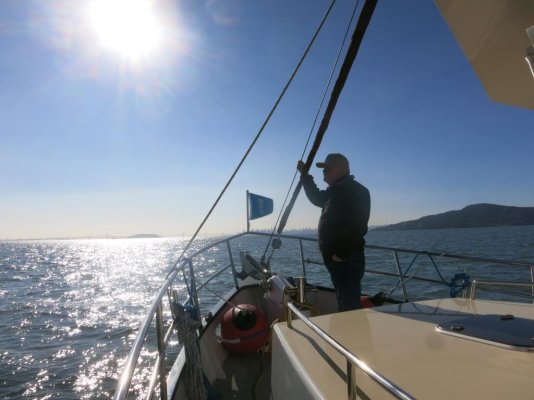Also, I think it depends greatly on where you plan to use it (cruise) and how you will actually use the boat.
I have owned both types. However, around here in the summer, the wind is normally light, fickle, or non-existent, or on the nose to where you want to go. Also, often we are trying to time a rapid at slack water, so knowing your speed over ground is important and the wind is so variable in that regard. So for us, we motored our sailboat way more than we sailed, in essence it was a trawler with a mast that we occasionally sailed. When we did sail, we loved it!!
With our trawler, we are warmer and much dryer on cool rainy days, the boat is definitely roomier, with more features and/or luxuries. Both our boats were/are close to the same length overall, and this trawler cruises at about 1-1.5 knots faster than the sailboat. Our trawler is capable of 15+ knots, but no Nordic Tug owners go anywhere near that speed (average would be 7-8 knots).
If you anticipate going offshore, or often into open water, a sailboat is probably the better option, with a specially selected trawler (feature wise) being workable as well.
Non-stabilized trawlers (like my NT) can be uncomfortable with beam seas, with a snappier roll than a sailboat under power. Sailboats don't like beam seas either unless they are under sail, then the combination of sails and deep keel will help to reduce roll. Trawlers (like above) will handle waves on the bow (or angled near there) and following or quartering seas fairly well. The quartering seas will require constant steering adjustments or speed adjustments if your boat is capable of that.


